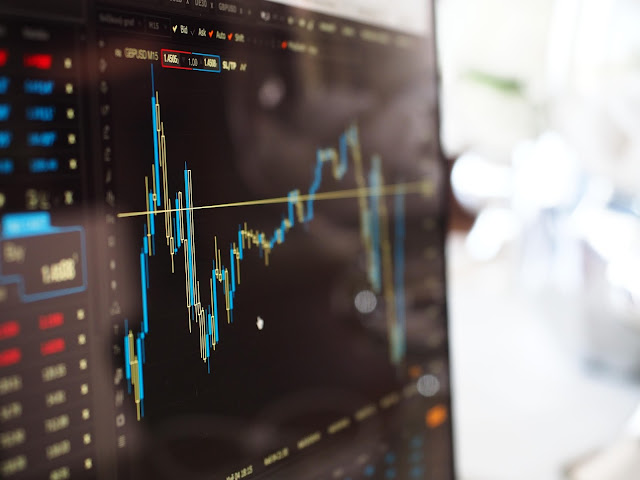Never mind the current reality ..... it's future expectations that count.
ref :- "Fed Hits Inflation Goal Only to Find Expectations Spoiling Party", Bloomberg Markets
It's not as though anyone should be encouraged to ignore the facts as they stand, but the news that expectations are often a bigger factor in any decision-making process should hardly come as a surprise. We witness it in some form or another every day. The immediate market reaction to the release of a piece of data is not a function of whether it is fundamentally strong or weak, but of how much it differs from what was expected. Historically speaking, anticipating the future has been at the heart of trading decisions but economic forecasting is a famously inexact science where events are open to different interpretations. That's just one reason for the popularity (and explosive growth) of trend-following programmes that take the crystal ball out of the equation.
Monetary policy-makers don't have that luxury .... it's part of their job to be "ahead of the curve", to formulate policy with an accurate view in mind of what the future holds. Even for central banks with enormous resources at their disposal, that's not always easy. When it comes to forecasting inflation rates it's become decidedly difficult. That the old dynamics that have driven these things are changing seems undeniable, though one can argue to what extent. At the very least, the famous "Phillips Curve" theory (high employment = higher wages = equals rising inflation) would seem to need some modification for the modern era.
Tomorrow sees the release of the US Federal Reserve's preferred measure of inflation -- Personal Consumption Expenditure (PCE). It's slated to show a figure of +2.2% for the year to May following +2.0% rises for the previous two months. That would be the strongest three-month stretch since 2012. Since the Fed's target for inflation is +2.0% (key to Fed policy), one might be forgiven for wondering whether the search for that particular Holy Grail is now over and if it's time for the Fed to get more aggressive about tightening in the face of strong growth and Mr Trump's fiscal stimulus (appropriate or not).
But you won't find Fed Chairman Jerome Powell talking that way, and the rationale behind the Fed's gradual approach to rate rises lies in inflation expectations, rather than current data. Mr Powell said just last week that : "We haven't really seen inflation expectations get up to 2.0% yet".
Expectations matter ..... it's a vicious circle where consumers think that inflation will stay low, so resist paying up for goods and services. That means that companies will, in turn, be loathe to hand out wage increases and avoid raising prices in order to maintain business. A case of expectations driving the reality, and it ranks above current inflation hitting target or indeed continuing falls in the level of unemployment in the Fed's policy thinking.
Actually, Mr Powell has been seeming pretty relaxed about the prospect of inflation topping target levels of late. We've heard about the Fed's "symmetrical" inflation policy, which would mean that the central bank would be no more unhappy with inflation a little above target than it would be with the rate a little below it (something that would not always have been the case). He also seemed quite comfortable about telling us after the rate rise on June 13th that while rising oil prices might push the rate "somewhat above 2% for a while", it would be a transitory development and have little consequence for the future. (Incidentally, core PCE, that is without volatile energy and food costs, is due to show a rise of +1.9% in the year to May).
Some people may find it odd that expectations, which in large part are based on such inexact readings as consumer sentiment, take such an important role in Fed policy. If so, they'd better get their heads around it as in the economic model used by the Fed, expectations are the most important factor in the calculation of future inflation -- as we say, a bigger factor than the Phillips Curve theory that at one time seemed to be written in stone.
Would you credit it ? All this time trying to get inflation back up to the 2.0% target, and now we're there we can only focus on lower inflation projections for the future ..... Still, at the end of the day, the world is a very uncertain place and expectations are just that .... expectations. Things can change ..... trade wars and tariffs, for example, can be inflationary, but longer-term the damage done to growth (everywhere, Mr Trump) argues the opposite. What is clear is that even though the hawks might want the Fed to move at a quicker pace, that looks unlikely for now.
We don't know how much of a relief that will be for some people, for emerging markets with heavy dollar-denominated debt for example. For them, the Fed is already moving quite fast enough, thank you .....



No comments